The rise of hydrogen technologies, especially in the mobility sector, necessitates a robust fueling infrastructure that can support its widespread adoption. As hydrogen stations transition from pilot projects to large-scale deployment across nations, the design and equipment of these new stations must evolve. They must be capable of operating under extreme conditions and handling increased demand and usage frequency. This evolution calls for informed engineering and innovative solutions to ensure reliability, efficiency, and scalability in the burgeoning hydrogen economy.
The Importance of Temperature Control in Hydrogen Fueling
The primary objective of a hydrogen cooling system is to address the inevitable temperature elevation that accompanies the Joule-Thomson Effect, as well as the compression of hydrogen gas. This phenomenon is not merely a byproduct; it is a critical factor that, if not managed properly, can compromise the entire fueling operation.
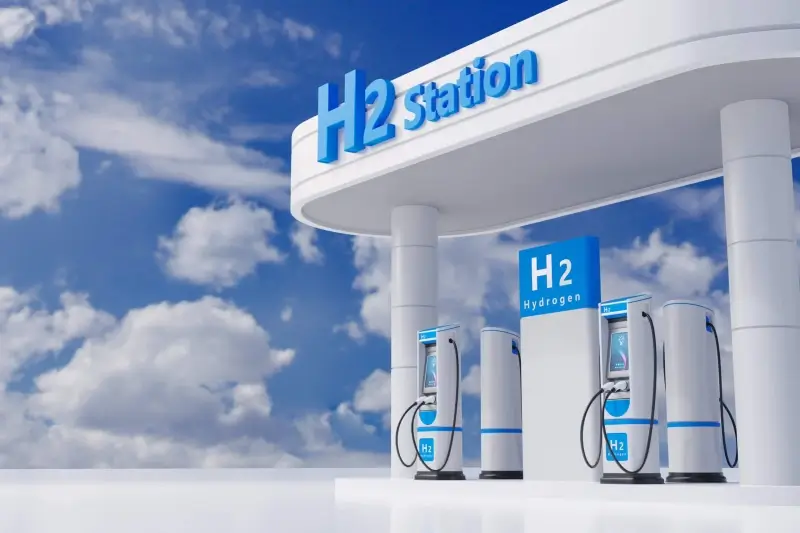
When hydrogen is compressed, it experiences a natural rise in temperature that can easily exceed the safe threshold of the vehicle’s storage tank. To counteract this, state-of-the-art cooling systems are employed, designed to efficiently reduce the hydrogen’s temperature to a target range—typically between -33°C and -40°C as per the T40 protocol. This level of cooling is not a mere convenience; it is an indispensable aspect of the refueling process, ensuring that the hydrogen fuel’s temperature does not surpass the storage tank’s upper limit of approximately 85°C. This is crucial not just for the maintenance of the tank’s structural integrity but also for facilitating a swift refueling process, clocking in at approximately 5 minutes.
In the absence of such cooling mechanisms, not only would the refueling process be less efficient, but it would also introduce significant safety concerns. Elevated temperatures during dispensing could heighten the risk of fuel degradation and increase the likelihood of thermal-related safety incidents.
Other Challenges of Hydrogen Cooling
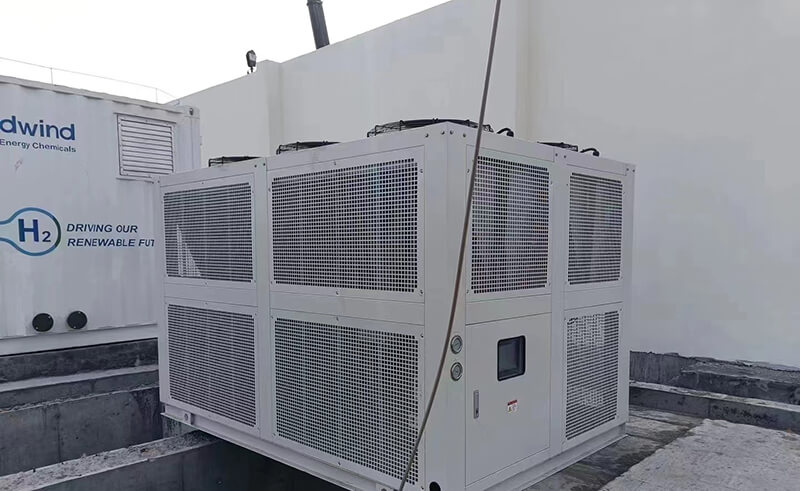
Beyond the fundamental challenges of temperature control, there are numerous other considerations that professionals in the field must contend with. These include:
- Thermal Efficiency: The efficiency of a cooling system is paramount. It must perform consistently under varying environmental conditions and adapt to the differing demands of vehicles with diverse storage capacities.
- System Integration: Hydrogen cooling systems must be seamlessly integrated with other station components. This requires a multifaceted understanding of station layout, component compatibility, and the optimal flow of hydrogen.
- Energy Consumption: The operation of a cooling system is energy-intensive. Innovations in chiller technology that reduce energy consumption without compromising performance are constantly being sought after to enhance overall station efficiency.
- Maintenance and Reliability: High-performance cooling systems must be reliable and easy to maintain. This involves the use of robust materials, fail-safes, and predictive maintenance schedules to minimize downtime and ensure uninterrupted service.
- Environmental Considerations: Cooling systems must operate with minimal environmental impact. This includes using refrigerants with low global warming potential and designing systems that prevent any potential leaks or emissions.
Distinctive Aspects of Hydrogen Cooling in Fueling Stations
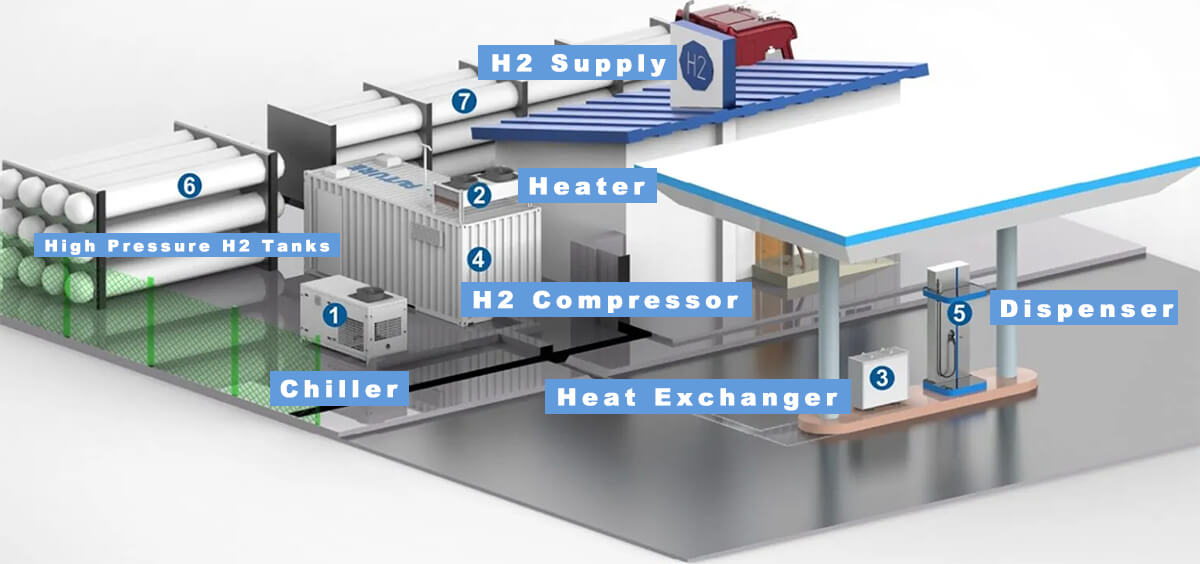
Special attention is required when cooling hydrogen at refueling stations due to the intrinsic explosive potential of hydrogen gas. Safety is paramount, particularly around the dispenser area where the risk of explosion is most significant. Component selection for this part of the system must be intrinsically safe, and designed to operate flawlessly even in potentially hazardous environments. Unlike the components in the refrigeration system that can be located at a safer distance—approximately 20-40 meters from the dispenser—those in immediate proximity to hydrogen dispensing must meet stringent explosion-proof standards.
The refrigeration system’s control must also be finely tuned to handle substantial power fluctuations swiftly. This agility in system response is critical to maintaining the hydrogen outlet temperature consistently within the desired range, regardless of the fluctuating demand during peak refueling times.
Criteria for Sizing Hydrogen Cooling Systems
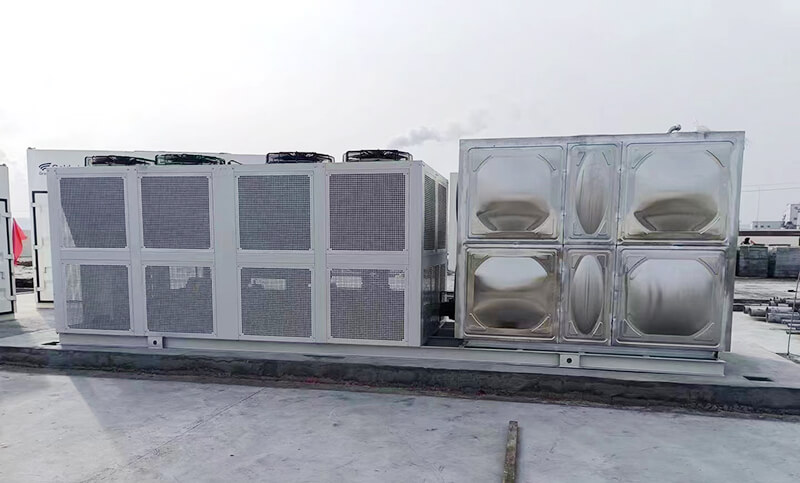
The sizing of the cooling systems hinges on a suite of key criteria, each contributing to the system’s final configuration:
- Temperature Requirements: The selection of the temperature category, such as T40, T30, T20, or a custom hydrogen outlet temperature, dictates the cooling capacity needed.
- Refueling Pressure: Whether the system will cater to H70 (700 bar) or H35 (350 bar) refueling pressures affects system design and performance.
- Flow Rates: The peak and average hydrogen mass flow rates in grams per second during refueling inform the system’s ability to handle sudden demands.
- Volume of Hydrogen: The total hydrogen volume required per hour and per fueling session determines the system’s throughput.
- Dispenser Count: The number of dispensers influences the cooling load distribution and the system’s overall capacity.
- Heat Exchanger Input: Maximum hydrogen inlet temperatures into the heat exchanger must be accounted for to ensure effective cooling.
- Environmental Factors: Ambient temperature ranges and refrigerant environmental impact, such as GWP limitations, are considered to ensure compliance and sustainability.
- Operational Dynamics: The frequency of B2B refueling and the physical layout, including the distance between the chiller and dispenser, shape system design.
- Installation Locale: The country of system installation may impose specific regulatory or climatic requirements that influence system size and complexity.
Types and Recommendations for Hydrogen Chiller Systems
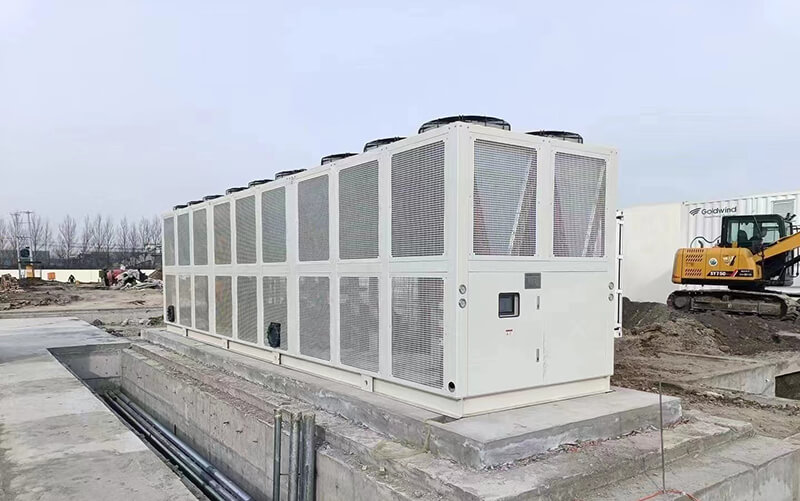
Among the cooling systems, direct and passive cooling systems stand out, each with unique attributes and applications:
- Passive Cooling Systems: These systems are characterized by their smaller size relative to direct cooling. They maintain a high thermal mass heat exchanger at a constant low temperature, in line with fueling protocols like the T40. Ideal for stations with infrequent B2B refueling, they have a capacity limit that is carefully calculated based on specific station demands.
- Direct Cooling Systems: Offering immediate cooling capacity via a diffusion-bonded heat exchanger, direct cooling systems are better suited for heavy-duty refueling scenarios like buses or trucks with larger hydrogen tanks. The compact heat exchanger fits seamlessly within the dispenser, and the system provides sustained cooling capacity for extended periods.
The choice between systems depends on the station’s size, refueling patterns, and the number of dispensers, with the aim to provide a continuous, reliable cooling service.
SCY Chiller Provides the Ultimate Solution to Hydrogen Cooling
Please find the existing chiller models below:
Conclusion
In conclusion, the deployment of advanced hydrogen cooling systems is fundamental to the successful operation of hydrogen fueling stations. These systems not only ensure the safe and efficient refueling of next-generation vehicles but also address a multitude of operational challenges—from thermal efficiency to integration and environmental sustainability. As the hydrogen mobility sector expands, the continuous innovation and strategic implementation of cooling technologies will be pivotal in powering a cleaner, more energy-efficient future.

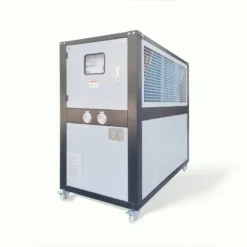
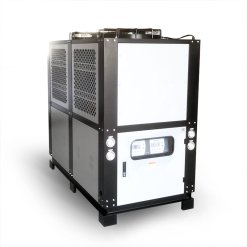
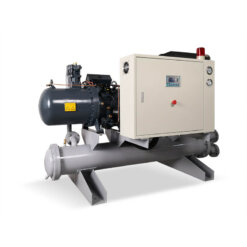
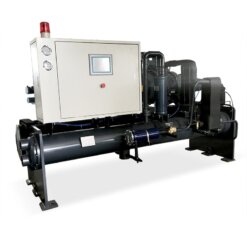
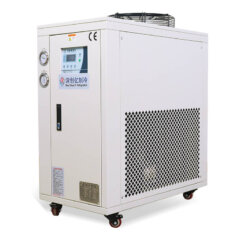
Great article. I’m facing many of these issues as well..
You are welcome, any questions regarding how to choose a suitable hydrogen station chiller, please don’t hesitate to contact us.